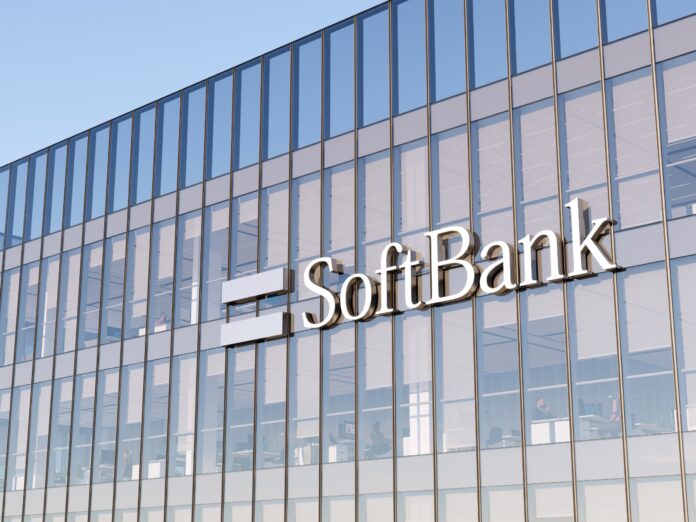Softbank CEO Masayoshi Son, compared the opportunity in superintelligent AI to the “winner takes all” effect seen in other tech sectors over the past two decades
In sum, what to know:
SoftBank targets AI dominance: CEO Masayoshi Son says the company wants to lead the artificial super intelligence era within 10 years.
Strategic focus on OpenAI and Arm: Son positions these assets as the foundation of SoftBank’s AI platform strategy.
Stargate Project signals scale: SoftBank plans to invest in a $500B initiative with OpenAI, Oracle and others to build global AI infrastructure.
Japanese conglomerate SoftBank Group is expecting to play a dominant role in the next frontier of artificial intelligence (AI) development.
The group’s CEO Masayoshi Son told shareholders at the company’s annual meeting that SoftBank intends to become the world’s leading platform provider for what he described as “artificial super intelligence” within the next decade, according to Reuters.
“We want to become the organizer of the industry in the artificial super intelligence era,” Son reportedly said.
Son compared the opportunity in superintelligent AI to the “winner takes all” effect seen in other tech sectors over the past two decades. He pointed to how Microsoft, Amazon and Google have dominated personal computing software, e-commerce, and online search respectively.
Artificial super intelligence (ASI) is a hypothetical software-based artificial intelligence (AI) system with an intellectual scope beyond human intelligence. At the most fundamental level, this superintelligent AI has cutting-edge cognitive functions and highly developed thinking skills more advanced than any human.
Earlier this month, in a separate investor briefing, the executive said SoftBank is investing in a strategic structure centered on OpenAI and Arm to move towards artificial super intelligence.
SoftBank and OpenAI — along with Oracle, Microsoft, Arm, NVIDIA and technology investor MGX — are involved with the Stargate project supported by President Donald Trump.
The Stargate initiative has an estimated long-term cost of $500 billion, and an initial $100 billion already earmarked for early phases.
At its core, Stargate is a plan to build a network of state-of-the-art AI data centers across the United States. These centers will be used to train and run advanced AI models that require huge volumes of computing power. The main goal of the initiative is to create enough capacity and performance to keep up with rapidly increasing demand for AI in everything from scientific research and medicine to automation, defense and financial services.
The project is designed to span multiple locations and phases, potentially becoming the largest AI infrastructure buildout in history. Each phase will add computing capacity, storage, and networking to enable extremely large-scale AI training and inference.
In January, reports suggested that SoftBank was in talks to invest as much as $25 billion into OpenAI, a move that would position the Japanese operator as the generative AI (gen AI) company’s biggest financial backer.
The Japanese company’s direct investment into OpenAI is in addition to the more than $15 billion committed to the Stargate project, according to the reports, which stated that the company may end up spending over $40 billion on its OpenAI partnership.
In March. SoftBank Group announced today that it has entered into an agreement to acquire Ampere Computing, an independent silicon design company, in an all-cash transaction valued at $6.5 billion. Upon completion of the acquisition, Ampere will become a wholly owned subsidiary of SoftBank Group and will continue to operate under its existing name.
The acquisition of Ampere is intended to further strengthen SoftBank’s AI computing capabilities. At that time, Son noted that advancements in computing power are critical to AI development, adding that Ampere’s expertise in semiconductors and high-performance computing will contribute to this effort.
The transaction is subject to regulatory approvals and other customary closing conditions and is expected to close in the second half of 2025.

